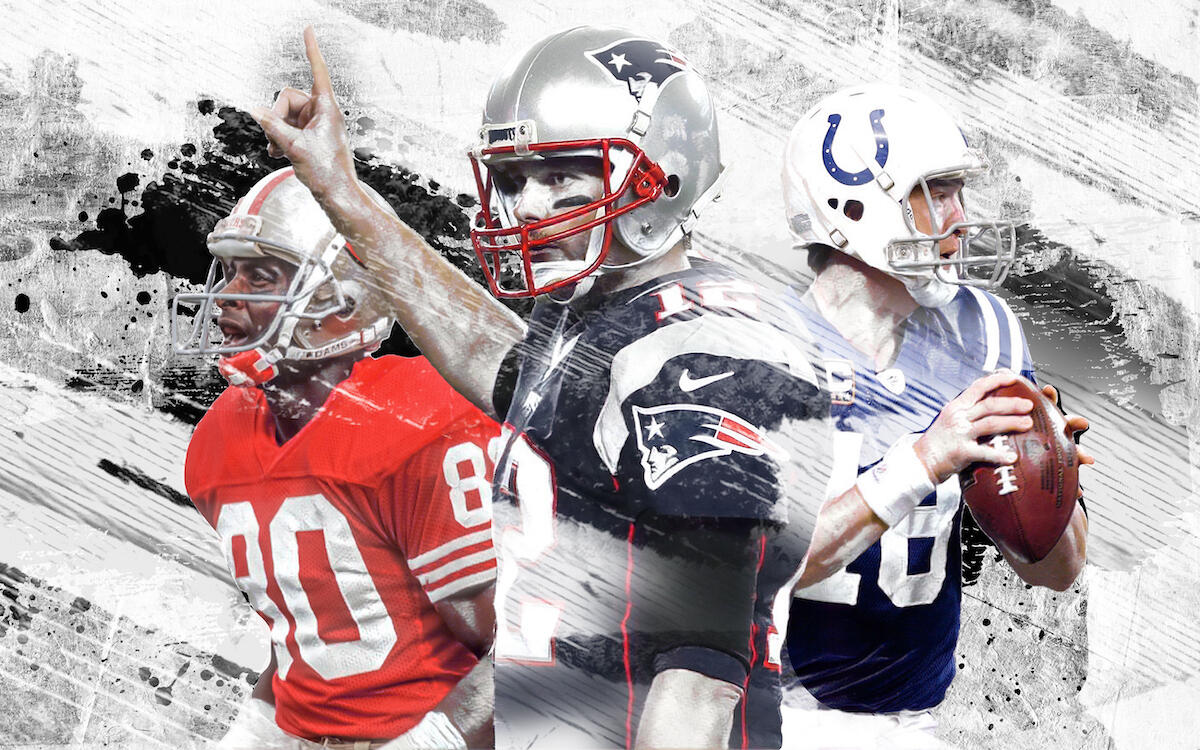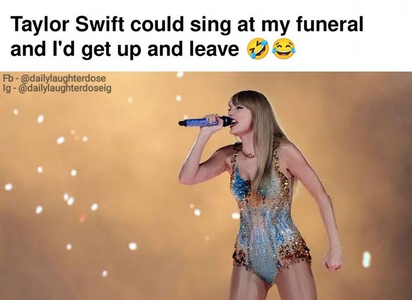The Patriots had a little-known plan for the first night of the NFL Draft. While fans celebrated the
selection of quarterback Drake Maye with the third pick, New England wanted to get back into the first round.
The Patriots’ new brass realized how much their wide receiver group needed improvement. They had their eyes on
Xavier Legette, who ended up being selected by the
Carolina Panthers with the final pick of the round.
Earlier in the offseason, the Patriots struck out in their pursuit of free agent
Calvin Ridley. No other game-changing receivers were available, so the Pats filled out their depth in free agency, adding
K.J. Osborn and re-signing
Kendrick Bourne. That’s why they felt compelled to make a splash in the draft by moving up for another first-round pick.
But the Panthers made a stronger offer to the
Buffalo Bills for the 32nd pick, and the Patriots were boxed out.
Instead, New England took Washington’s
Ja’Lynn Polk in the second round and added Central Florida’s
Javon Baker in the fourth round. They join a suddenly crowded group of wide receivers, which means Eliot Wolf and Jerod Mayo will have some tough decisions to make. Only five or six receivers are expected to make the final roster.
Having difficult decisions to make might seem like a welcome problem to face, but that’s because the room is full of No. 3 receivers and lacks the kind of separator an elite offense (not to mention a young quarterback) needs. You could argue that Bourne, Osborn, Polk (at least as a rookie), Demario Douglas and
JuJu Smith-Schuster might fall into that gray grouping of receivers.
Given that, perhaps the best way to examine what the Patriots have at wide receiver and where they rank compared to the rest of the league is to look at the reasonable best- and worst-case scenarios.
Best-case scenario
These days, rookie wide receivers are having a massive impact around the
NFL. In the last five years, 23 receivers have topped 800 yards in their rookie seasons. (Meanwhile, in the past five years, Julian Edelman and
Jakobi Meyers are the only two Patriots to record more than 800 receiving yards in a season.)
It’s conceivable that Polk could have that kind of an impact. If the 22-year-old is ready to be the team’s top receiver, it would take pressure off Bourne, letting him slot comfortably into the No. 2 receiver role and aim for around 700 receiving yards this fall. (Perhaps that’s ambitious since he has reached 700 yards only once in his seven seasons, but we’ll give him the benefit of the doubt after a strong start to 2023.)
If Polk and Bourne can combine for around 1,500 yards, the Patriots offense suddenly has some flexibility. Douglas can, probably more appropriately, become a slot receiver who’s great at beating man-to-man coverage on third downs. Osborn can add solid depth. And Baker could ideally work to become a deep threat for an Alex Van Pelt-led offense that likes to go deep.
And we haven’t even mentioned Smith-Schuster, who said he’s back to 100 percent after a lingering knee injury hampered him last season. It’s unrealistic to think he can be the player he was in 2022 who posted 933 yards, but if he can eclipse 500 yards, that would be a success.
If all of that happens, this group of receivers can be average, perhaps somewhere between the 15th- and 18th-best in the league. It would be a big step up from last season.
Worst-case scenario
Bourne’s lingering injury gets him off to a slow start. He tore his ACL in late October last season. After that type of injury, it typically takes around 10 or 11 months before players feel back to normal — sometimes longer.
That kind of timeline means Bourne could be limited at the start of training camp. Even if he’s ready for Week 1 (which is no guarantee), it might contribute to a slow start for him in a new offense with a new quarterback.
That ups the pressure on Polk. Though rookie receivers can have success early in their careers, Polk was the 10th wide receiver drafted for a reason. And though Baker offers a deep threat the Patriots need, he also had more drops (14) than touchdowns (12) in his two years at UCF.
Smith-Schuster didn’t do anything last season to offer hope that a rebound is in the works. Douglas was good, but his size will make him injury-prone. And Osborn’s production has dipped two years in a row.
Conclusion
The Patriots need one of two things to happen for this group of receivers to improve to a level where it’s on par with the league average. They either need Polk to emerge as the top receiver or Bourne to recover quickly from his ACL injury and go back to playing like he was before he got hurt (he had 406 yards in eight games), with someone like Smith-Schuster bouncing back and stepping up to have a respectable season.
Otherwise, this is going to be a bottom-10 group in the league, maybe bottom-five.






